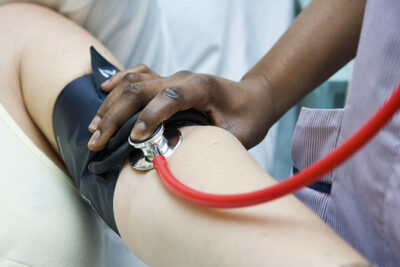
Researchers Suggest Checking Blood Pressure in Both Arms
By Jonathan Springston, Editor, Relias Media
Clinicians should measure patients’ blood pressure in both arms, then use the higher reading to guide diagnostics and management, according to the authors of a recently published paper. American Heart Association (AHA) guidelines from 2019 recommended this practice, but the authors of this paper asserted data were lacking to support it.
Investigators conducted a meta-analysis of pooled data from 23 cohorts (n = 53,172; mean age = 60 years; 48% women). Researchers were looking for high blood pressure readings, which the AHA considers to be a systolic reading of 130 mmHg to 140 mmHg. Using the higher reading reclassified 12% of participants into the AHA-designated 130 mmHg to 140 mmHg threshold.
Based on these findings, the authors suggested clinicians follow through with taking blood pressure readings in both arms, not just one. “And you should really measure more than once to get the most accurate reading. We may be allowing people to walk around with higher pressures than they should,” added Shawna Nesbitt, professor of internal medicine at UT Southwestern Medical Center in Dallas.
For more on this and related subjects, be sure to read the latest issues of Clinical Cardiology Alert.
